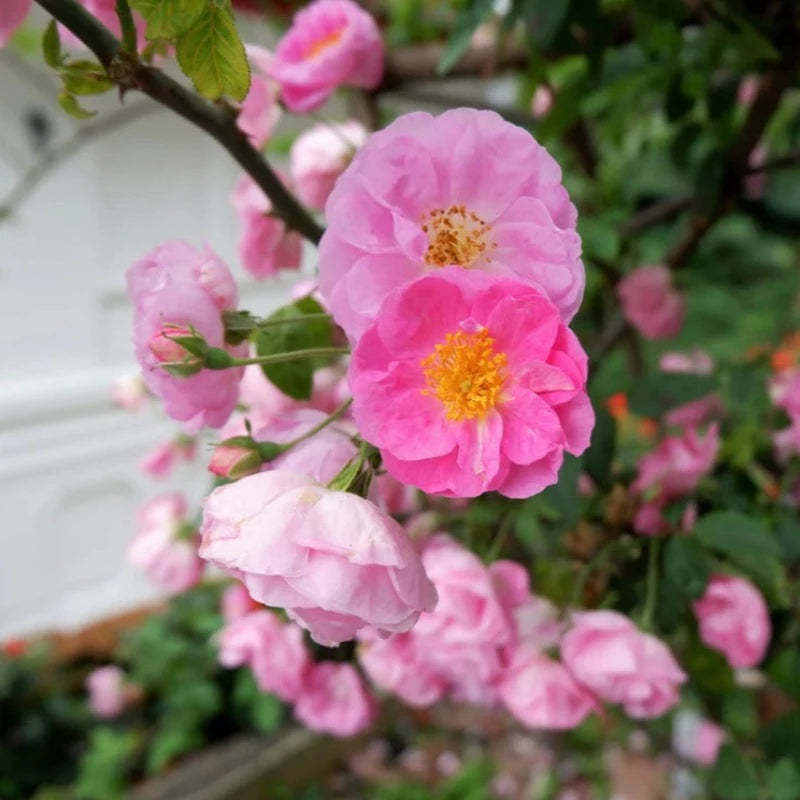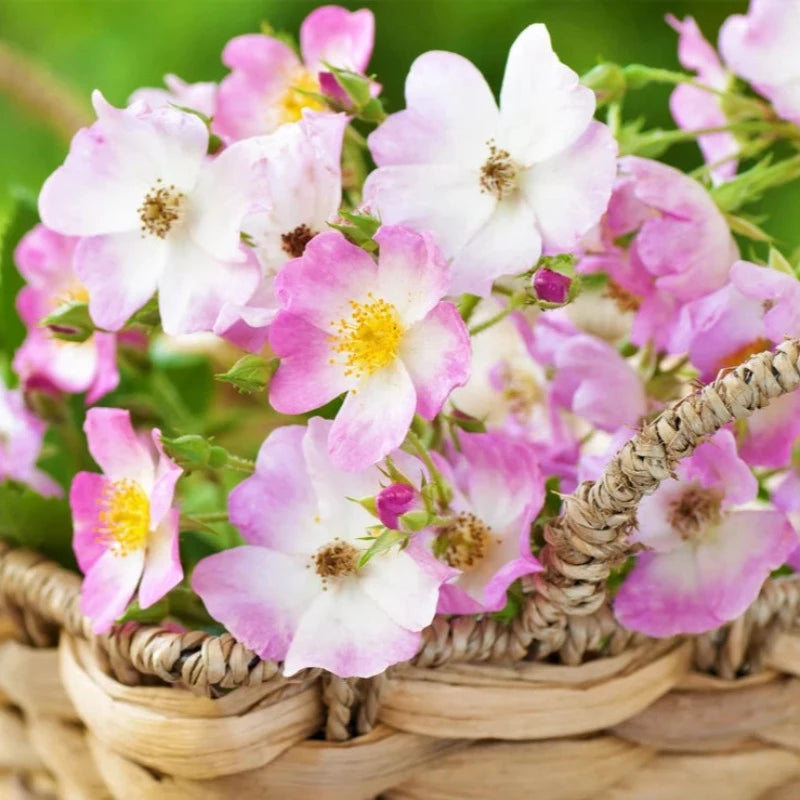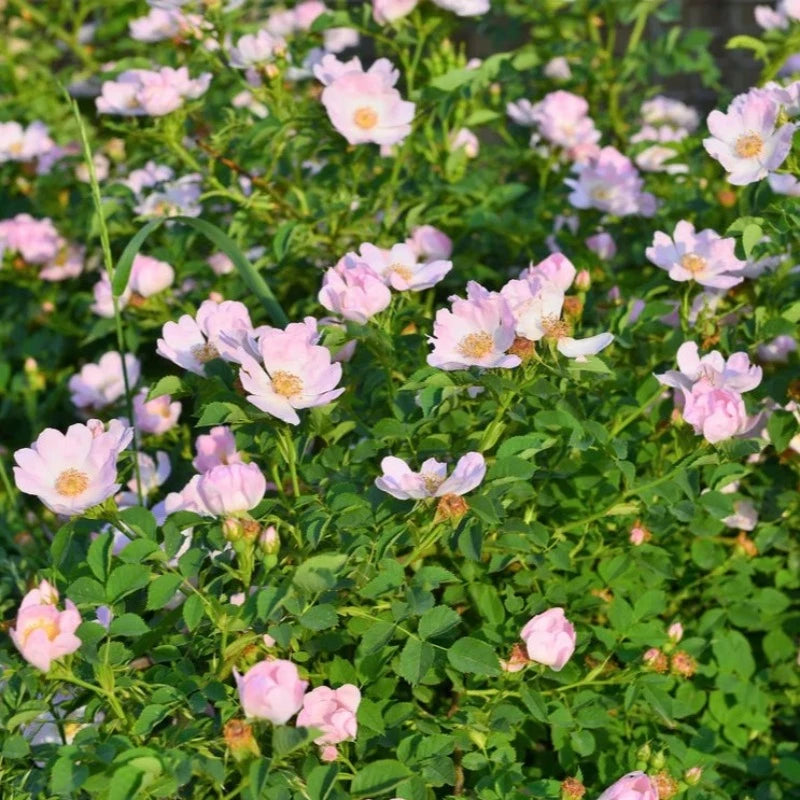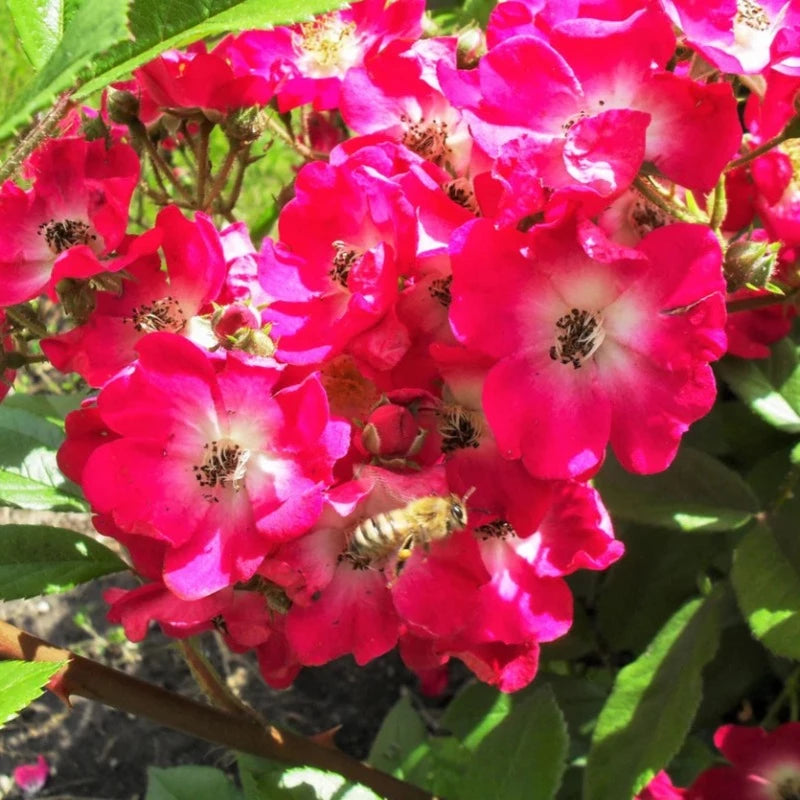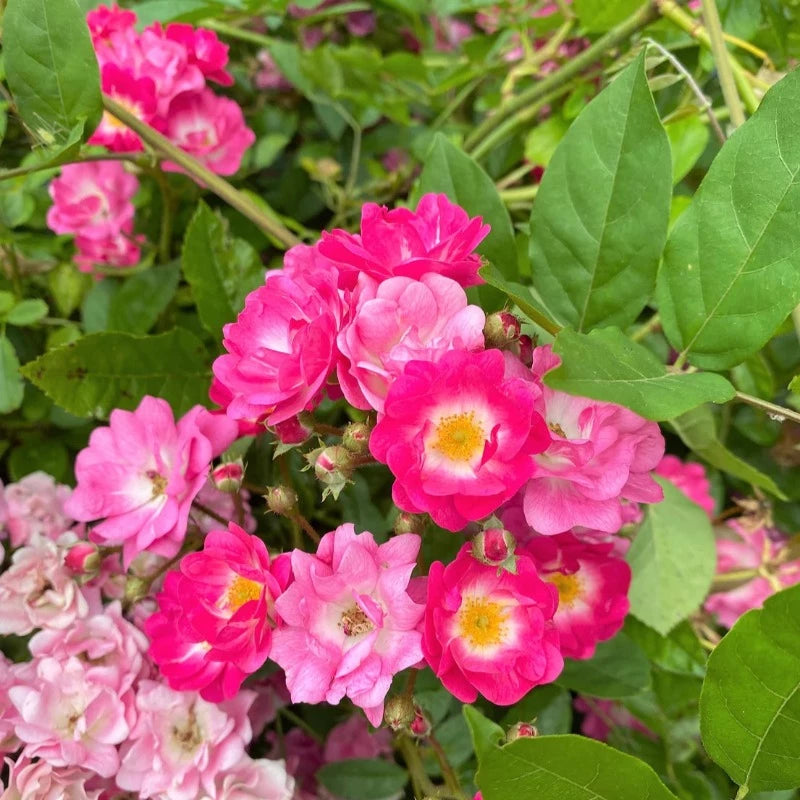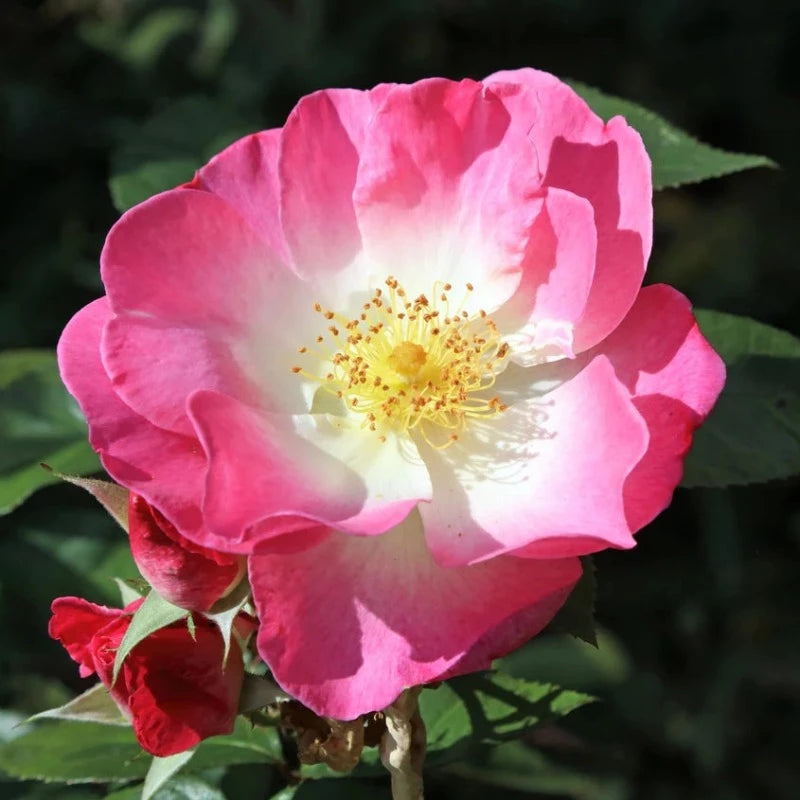- Historical context: The Briar Rose, also known as Rosa rubiginosa or Sweet Briar, has a rich history dating back to ancient times. It has been mentioned in various literary works, including those by Shakespeare.
- Geographical origination: The Briar Rose is native to Europe and western Asia.
- Relevant cultural significance: The Briar Rose has been a symbol of love and beauty in many cultures. It is often associated with folklore and fairy tales, such as the story of Sleeping Beauty.
- Time period of discovery: The exact time period of discovery is not well-documented, but it has been known and cultivated since ancient times.
- Original habitat: The Briar Rose typically grows in hedgerows, woodlands, and scrublands.
- Notable historical uses: Historically, the Briar Rose has been used for its fragrant flowers and hips, which are rich in vitamin C. It has also been used in traditional medicine for its astringent properties.
- Ideal temperature range: The Briar Rose thrives in temperate climates with temperatures ranging from 60°F to 75°F (15°C to 24°C).
- Soil type: It prefers well-drained, loamy soil but can tolerate a range of soil types, including sandy and clay soils.
- Sunlight requirements: Full sun to partial shade is ideal for the Briar Rose.
- Watering needs: Moderate watering is required. The soil should be kept moist but not waterlogged.
- Planting season: The best time to plant Briar Rose seeds is in the spring or fall.
- Germination time: Germination can take anywhere from 4 to 6 weeks.
- Growth cycle duration: The Briar Rose is a perennial shrub, meaning it will grow and bloom year after year.
- Common pests and diseases: Common pests include aphids and spider mites. Diseases such as powdery mildew and black spot can also affect the plant.
- Companion planting advice: Good companion plants include lavender, marigold, and garlic, which can help deter pests.
- Common challenges and solutions: One common challenge is dealing with pests and diseases. Regular monitoring and the use of organic pesticides can help manage these issues. Another challenge is ensuring proper drainage to prevent root rot.
- Nutritional values: The hips of the Briar Rose are rich in vitamin C, antioxidants, and other beneficial compounds.
- Health benefits: The rose hips are known for their immune-boosting properties and are often used in herbal teas and supplements.
- Culinary uses: Rose hips can be used to make jams, jellies, syrups, and herbal teas.
- Medicinal uses: Traditionally, Briar Rose has been used to treat colds, flu, and digestive issues. Its astringent properties make it useful for treating minor wounds and skin irritations.
- Other unique advantages: The Briar Rose is also valued for its ornamental beauty and fragrant flowers, making it a popular choice for gardens and landscapes.
